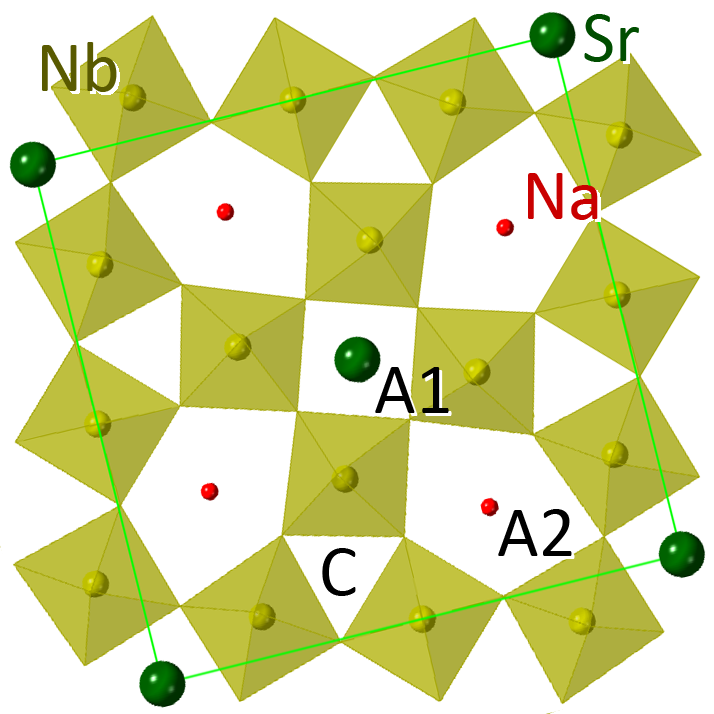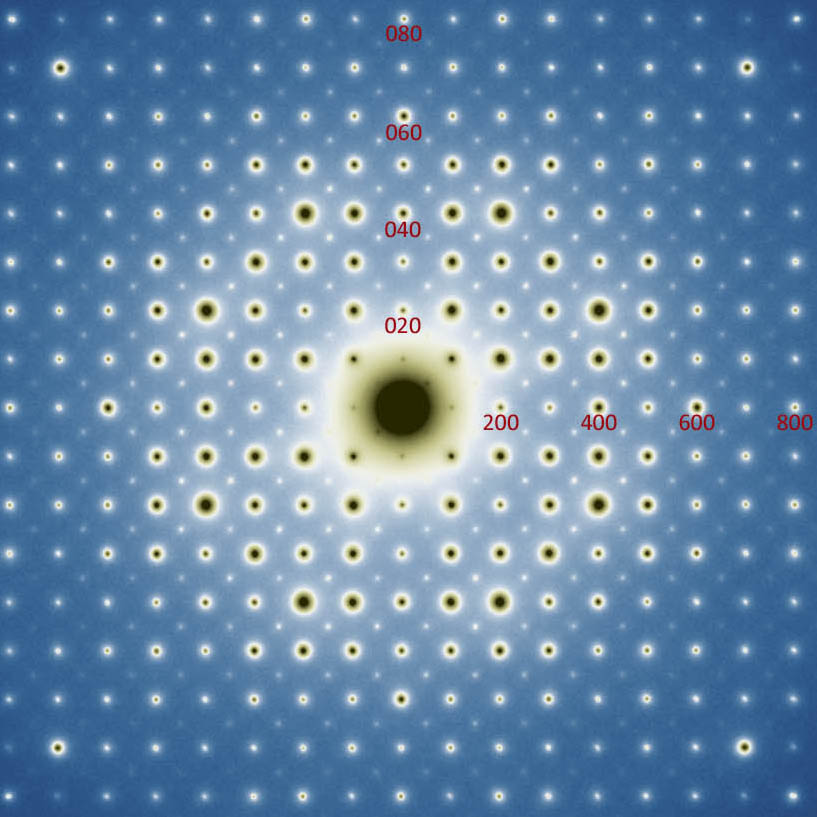Measuring distortions in tetragonal tungsten bronze oxides using electron diffraction
- Abstract number
- 189
- Presentation Form
- Submitted Talk
- Corresponding Email
- [email protected]
- Session
- Stream 2: EMAG - Electron Crystallography and Diffraction
- Authors
- Prof Richard Beanland (2), Ms Chloe Ayers (2), Mr Rhys de Gruchy (2), Mr Thomas Brown (1), Dr Andy Brown (1), Prof. Steven Milne (1)
- Affiliations
-
1. University of Leeds
2. University of Warwick
- Keywords
High dynamic range imaging
Electron diffraction
Tetragonal tungsten bronze oxides
- Abstract text
Tetragonal tungsten bronze oxides (TTBs) have promise as new Pb- and Bi-free Class-II dielectrics. In particular, Sr2-2zCazYzNaNb5-zZrzO15, SNN, has a high Curie point (Tc~ 300°C), high εr(max) and second dielectric anomaly (T1 at <0°C) that increases the dielectric constant at low temperatures. These properties make it one of the few materials capable of covering the -55°C to 300°C range required for the next generation of power electronics, which will play a crucial role in the impending energy transition from fossil fuels to electrification.
Fig. 1. The nominal TTB structure viewed along [001].
The structure of TTBs is complex, with perovskite-like blocks of corner-sharing NbO6 octahedra and cations A1 = Sr and A2 = Na (Fig. 1). The prototype structure is tetragonal, but it exhibits distortions such as oxygen octahedral tilting that reduce symmetry and induce ferroelectricity. These can be seen in diffraction patterns as superstructure spots. An example is shown in Fig. 2, in which all the weak centring spots with Miller indices nn0, where n is an odd integer, arise due to structural distortions.
Fig. 2. High dynamic range selected area electron diffraction pattern from [001] Sr2-2zCazYzNaNb5-zZrzO15
Using high dynamic range electron diffraction, the intensity of these spots can be measured quantitatively as a function of temperature. Since they account for a very small amount (typically less than 1 millionth) of scattered intensity they can be described using kinematic diffraction theory and linked directly to distortion modes/order parameters of the material.


